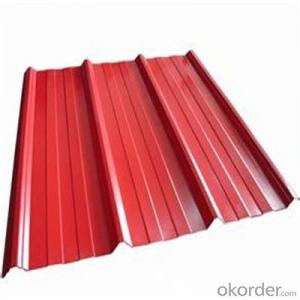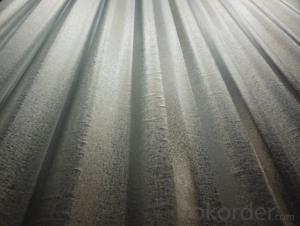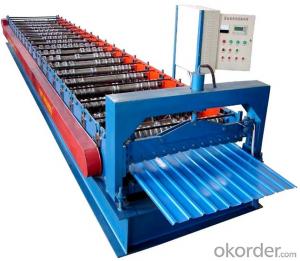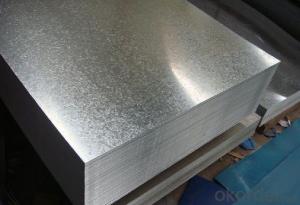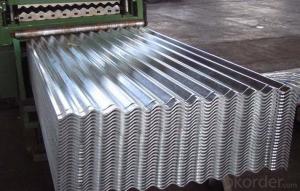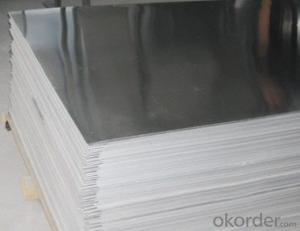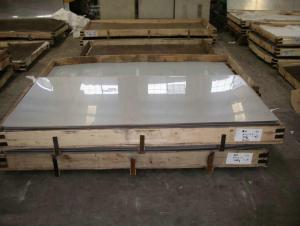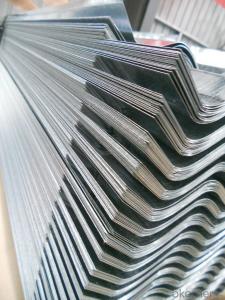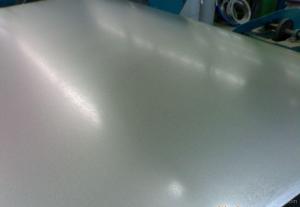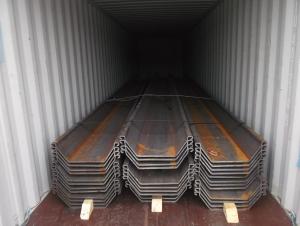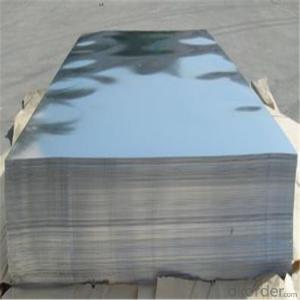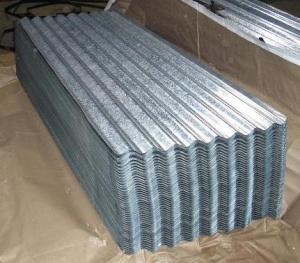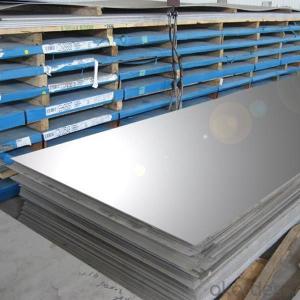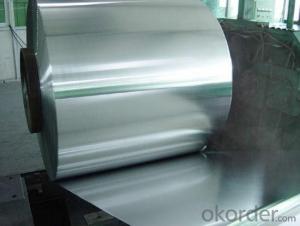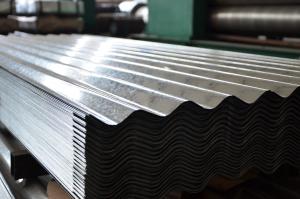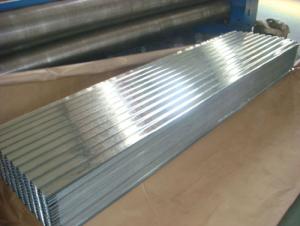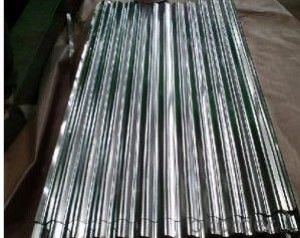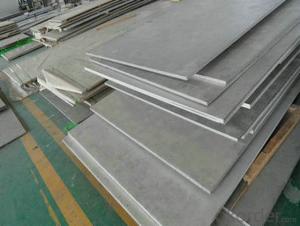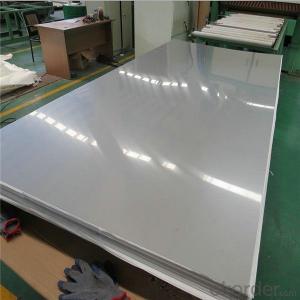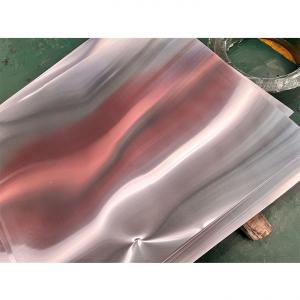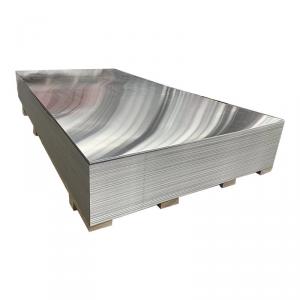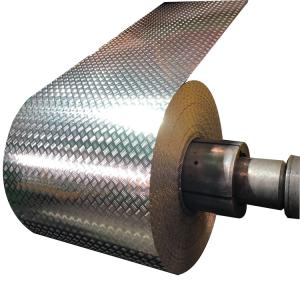Galvanized Steel Sheet 4x8
Galvanized Steel Sheet 4x8 Related Searches
Galvanized Sheet Metal 4X8 4X8 Galvanized Sheet Metal 4x8 Stainless Steel Sheet Stainless Steel 4x8 Sheet 4x8 Sheet Of Stainless Steel Stainless Steel Sheets 4x8 Stainless Steel 4x8 Sheets 4 X 8 Sheet Of Stainless Steel 4X8 Sheet Aluminum 4X8 Metal Sheets Sheet Metal 4X8 4x8 Stainless Steel Sheet Price 22 Gauge Sheet Metal 4X8 Sheet Metal Sheets 4X8 Hard Plastic Sheets 4X8 Plastic Sheets 4X8 1 8 Stainless Steel Sheet Polypropylene Sheets 4X8 Aluminum Tread Plate Sheet 4x8 Galvanized Steel Shed Plexiglass Sheets 4X8 Clear Plastic Sheets 4X8 28 Gauge Galvanized Sheet Metal 18 Gauge Galvanized Sheet Metal Diamond Plate Aluminum Sheets 4X8 4X8 Tin Sheets 4x8 Sheet Diamond Plate Aluminum Aluminum Diamond Plate 4x8 Sheet 4X8 Styrofoam Sheets 4x8 Sheet Aluminum Diamond PlateGalvanized Steel Sheet 4x8 Supplier & Manufacturer from China
Galvanized Steel Sheet 4x8 is a popular construction material known for its durability and corrosion resistance. Made from high-quality steel, it undergoes a galvanizing process where a protective zinc coating is applied to the surface, enhancing its lifespan and performance in various environments. This product is widely recognized for its strength and versatility, making it a preferred choice for numerous applications.The Galvanized Steel Sheet 4x8 is extensively used in a variety of industries, including construction, automotive, and agriculture. Its applications range from roofing and siding to automotive parts and machinery components. The product's resistance to rust and ability to withstand harsh weather conditions make it ideal for outdoor use, while its strength and flexibility allow it to be easily manipulated for various projects. Whether it's for commercial or residential construction, the Galvanized Steel Sheet 4x8 is a reliable and cost-effective solution.
Okorder.com is a leading wholesale supplier of Galvanized Steel Sheet 4x8, offering a vast inventory to cater to the diverse needs of customers. With a commitment to quality and customer satisfaction, Okorder.com ensures that the product is available in various thicknesses, dimensions, and grades to suit specific project requirements. By partnering with Okorder.com, customers can expect prompt delivery, competitive pricing, and exceptional service, making it a trusted source for Galvanized Steel Sheet 4x8.
Hot Products

